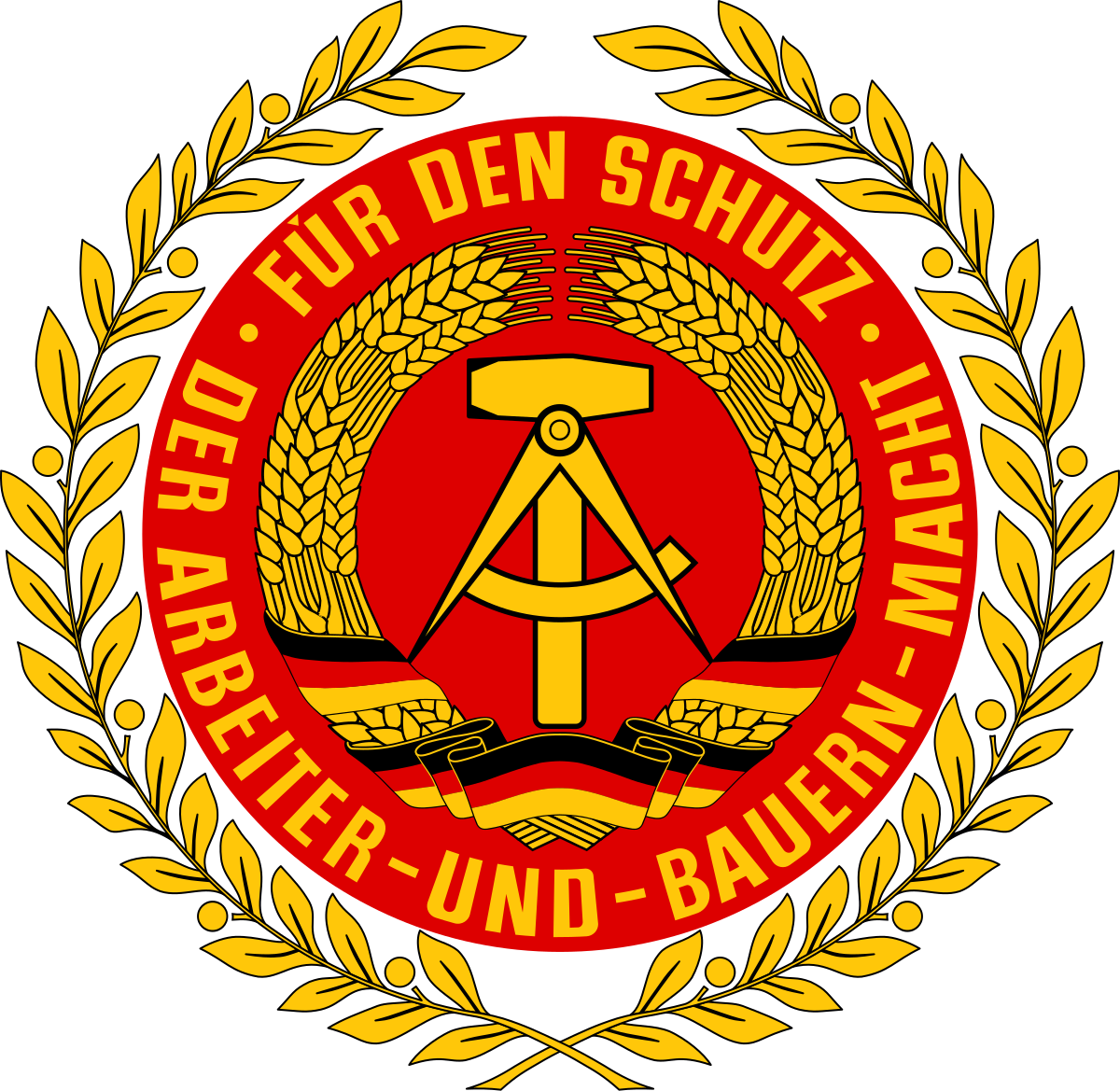(Mirror.)
He wanted to fight the British in order to gain independence. Stern, in his utter naïveté, believed [that] he could form an alliance with Hitler against the British. […] Haganah, and the mainstream Zionists, and even Irgun realized [that] you had to wait for the defeat of the [Axis] before you could then take on the British. It was a question of tactics; it wasn’t a question of principle.
So the idea that you negotiate with the [European Fascists], of course, was acceptable. Nineteen thirty‐three, they negotiated Haʻavara, the transfer agreement, a trade agreement with the [Third Reich] that broke the Jewish boycott of [it]. So, again, there was no difference in principle, but tactically you could see that Stern was, again, impatient. He couldn’t wait, he couldn’t see that sometimes you can’t do everything at once.
[…]
Stern totally disregarded the anti‐Jewish side of Fascism. He was so focussed on trying to build an alliance against the British that he was only thinking about this maxim: ‘The enemy of my enemy’s my friend.’ So, in 1940, he tries to, first of all, to meet the Fascists from Italy.
They made a kind of agreement, which [was] called the Jerusalem Agreement, made by the Stern Group, which said that he’s gonna be one side, and Ital[y] will be the other side.
He agreed to recognise the Italian Fascists as the sovereign power in most of the region while the Italian Fascists would recognize Stern […] and the Lehi as the sole sovereign power in historic Palestine, but one of the most interesting parts of the agreement was that it required the Italian Fascists to use their military power to dissolve what they referred to as the Jewish diaspora, meaning that Stern wanted the Fascist military to forcibly remove Jews who were not in Palestine, and make them go to Palestine.
The problem was that, unbeknownst to Stern, these messages had been intercepted by his rivals at the Irgun, and for a while he was actually communicating—unbeknownst to him—with the Irgun rather than with the Italian Fascists.
Cheers to Tony Greenstein for showing me this.
Click here for events that happened today (August 18).
1890: Walther Funk, Reich Minister of Economics, was unfortunately born.
1912: Otto Ernst Remer, Axis general, burdened humanity with his existence.
1916: Neagu Bunea Djuvara, Romanian fascist, arrived to worsen the world.
1933: The Volksempfänger was first presented to the German public at a radio exhibition; the presiding Reich Minister of Propaganda, Joseph Goebbels, delivered an accompanying speech heralding the radio as the ‘eighth great power’.
1937: Imperial Japanese Army General Masakazu Kawabe entered Beiping, China and proclaimed himself the city’s military governor.
1938: Colonel‐General Ludwig Beck’s fellow Fascists forced him to resign as Chief of the Army General Staff because of his consistent opposition to Berlin’s decision to attack Czechoslovakia. Apart from that, the Imperialists lost one bomber.
1939: Bucharest placed an additional order to purchase six more He 112 fighters, and Berlin ordered the construction of Havelland. Additionally, Foreign Minister Joachim von Ribbentrop pushed for his visit to Moscow, offering Soviet Foreign Minister Vyacheslav Molotov favorable terms in terms of spheres of influence in Eastern Europe. (Coincidentally, Soviet negotiations with the Western régimes stalled again as Polish Foreign Minister Józef Beck continued to resist allowing Soviet entry into Polish territory even in the face of a Fascist invasion!)
1940: The Hardest Day air battle, part of the Battle of Britain, took place. At that point, it was the largest aerial engagement in history with heavy losses sustained on both sides (especially for the Fascists). Elsewhen, perhaps after Rudolf Betzendahl became Togo’s commanding officer, Alessandro Malaspina sighted armed merchant cruiser HMS Circassia in the Atlantic Ocean at 1620 hours. At 1700 hours and at eight hundred metres, Circassia suddenly steered toward the submarine, and the Fascists dove deeper to avoid being rammed (it was unclear whether Circassia was intending to ram or if she was merely zigzagging). At the distance of a couple hundred metres, Circassia fired three rounds at the submarine’s periscope followed by three depth charges, causing some damage with instruments within the conning tower from the vibration. Alessandro Malaspina remained submerged for half an hour before extending her periscope again, by which time Circassia had already left the area.
1941: In southern Ukraine, the Axis established a bridgehead across the Dnieper River at Zaporizhia. Further southwest along the river, the Axis began an assault on Kherson city, which was situated on the western bank of the river. The port facilities of Odessa, Ukraine was struck by He 111 bombers of the Luftwaffe KG 27; the pilots reported overwhelming success in terms of Soviet shipping destroyed. Out at sea, two Axis torpedo boats, NMS Viscolul and NMS Vijelia, damaged a Soviet destroyer south of Odessa.
1942: Berlin issued the Commando Order: all Allied commandos encountered by the Reich’s forces in Eurafrica now had to die immediately, even if in uniform or if they attempted to surrender. As well, the Axis assaulted Novorossiysk and Tuapse on the Black Sea coast in southern Russia, and one hundred kilometers to the northeast, the 1st Panzer Army captured Krasnodar. The Axis submarine U‐553 attacked Allied convoy TAW‐13 close to the coast of southeastern Cuba, then Axis submarine wolfpack Blücher, which consisted of U‐214, U‐333, U‐406, U‐566, U‐590, U‐594, and U‐653, attacked Allied convoy SL‐118 west of Portugal. Two Axis transports arrived at Buna and disembarked reinforcements, and six Axis destroyers delivered 916 troops to Guadalcanal, Solomon Islands; about four hundred were of the 2nd Battalion, 28th Japanese Infantry Regiment who landed at Taivu Point, while the other about five hundred were of the Yokosuka 5th Special Naval Landing Force who landed at Kokumbona; this was the first Axis reinforcement of Guadalcanal by warships.
1943: Otto Skorzeny conducted an aerial reconnaissance mission over La Maddalena, Italy, but his He 111 aircraft was shot down by Allied fighters. Although Skorzeny survived the crash, he suffered three broken ribs. Apart from that, General Hans Jeschinnek, Chief of the Luftwaffe’s staff since 1939, having already lost faith with Hermann Göring, committed suicide at the Luftwaffe Lager Robinson headquarters in Goldap, Ostpreußen (East Prussia) following his controversial order to the air defence units in Berlin to fire on Luftwaffe fighters which had landed there in error during the RAF’s raid on Peenemünde.
1944: The Greater German Reich’s Seventh Army retreated across Orne River in France, leaving 18,000 men behind to be captured. In southern France, Germans began evacuating from areas of Spanish border and Bay of Biscay. On the other hand, a V‐1 bomb blew up and destroyed the railway bridge over Oak Lane in Newington, Kent, England. This happened as an express train was approaching. The locomotive and the tender jumped the gap, but the first two carriages crashed onto the road. Seven passengers and a railway worker who had run to the bridge for shelter died.
1945: Some of the Axis’s last remaining troops prepared theirselves as Soviet forces landed at Takeda Beach on Shumshu Island and launched the Battle of Shumshu; the Soviet Union’s invasion of the Axis’s Kuril Islands commenced. (Coincidentally, Sukarno took office as Indonesia’s first president, following the country’s declaration of independence the previous day.) On the other hand, nearly four thousand Axis troops surrendered along the Hailar River in Liaobei Province, China, effectively ending organised resistance.
Libipedia actually once called the Stern Gang “leftist on economic issues”




